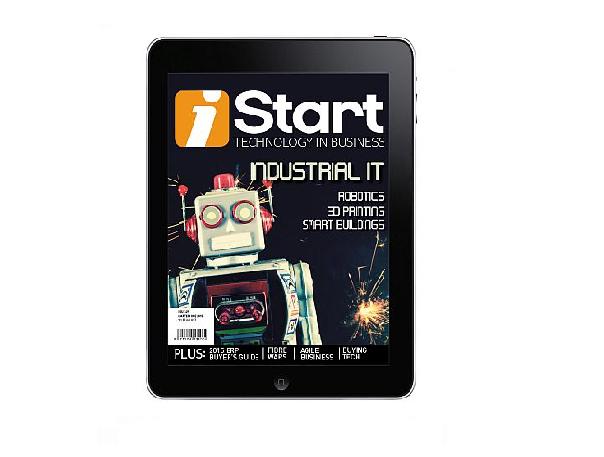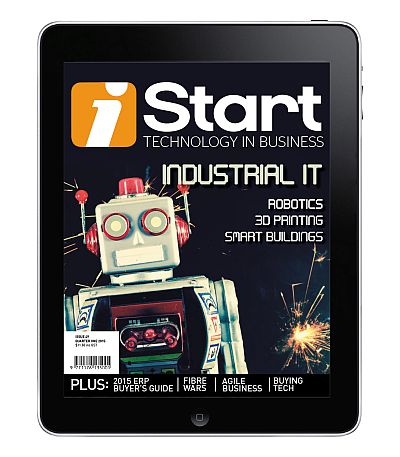Published on the 18/03/2015 | Written by Clare Coulson

Today we are living through one such revolutionary phase: the digital age, where the physical and digital intersect on almost every level, and where businesses that do not take a digital-first approach are sliding ever behind… [View emag]
INSIDE: Features: Industrial strength IT (why automation is inevitable), An expert guide to selecting and implementing ERP solutions (insights from 60 years of subject matter expertise), The psychology of IT procurement (modern procurement conversation in the era of the cloud), Digital business calls for postmodern ERP (what postmodern ERP is and why it matters), Building smart (the impact of software on the design and construction process), The road ahead for 3D printers (the coming challenges for 3D printing), Agile runs deep (what the wider enterprise has learnt from agile IT development), NBN & UFB: getting down to the wire (the big picture for the NBN and UFB). IT success stories by industry: Food manufacturing, e-commerce, primary industry/ agriculture and primary health-care. FROM THE EDITOR: Robotics have been in factories for almost 40 years, however today the opportunity for integration with design and automation systems, and the complexity of doing so, have increased manifold. It’s not just about greater compute power but the ability to gather data via a multitude of sensors, collate and simplify it and deploy it as information into agile decision-making processes. The trend, encapsulated in the new term ‘internet of things’ (IoT), is increasingly hitting the factory floor, as Donovan Jackson discovers. The construction industry is another that at first look may not appear a digital frontier, but the reality is quite different. The influence of digitisation is providing increasingly sophisticated tools to not only design and engineer buildings, but also to manage the buildings themselves, and to provide sophisticated services for their occupants. Smart buildings that respond to their environment automatically and continually optimise their energy usage are now the norm. As cranes are erected in post-quake Christchurch, and increasingly on the Auckland skyline, we sent Anthony Doesburg out to report back on the changes technology is having on the sector. 3D printing is another technology which has the capacity to completely revolutionise not only manufacturing but also the biomedical, architectural, fashion and design industries (to name a few). Advances in the capabilities of these clever devices see the technology poised to move beyond rapid prototyping and into the world of finished-products, changing the supply chain model forever. All of this means that businesses need to be both clever and agile enough to allow innovation to prevail. Agility is near and dear to the IT community where agile development frameworks have become a way of life, and these disciplines are now being adopted to help create more agile enterprises. Cloud software is also making it very easy to experiment with new ways of doing things, and this is changing how IT is procured, and by whom. In turn, that question is forcing the technology conversation into the boardroom, which we’d argue is about time! That said, we never pretend that buying technology is easy. We’ve tapped into the accumulated knowledge of three ERP experts who provide useful insights into how best to select and implement new ERP systems. The article is compulsory reading for anyone taking a serious look at our latest ERP Buyer’s Guide. Writing this now, in what little hindsight a quarterly publication affords, it strikes me that we live in an era where change truly is constant. To resist is both futile and career limiting, so we should all be open to embrace it and bravely forge new ways of doing things. Enjoy the read, Clare Coulson The eMag above is optimised for desktop or iPad. On other devices, or for off-line reading in a PDF reader such as iBooks, the full PDF version below may be a better option:
Editor![]()
Download as a PDF
(*** CAUTION *** large file 11.6 MB – a wi-fi connection is recommended)




























